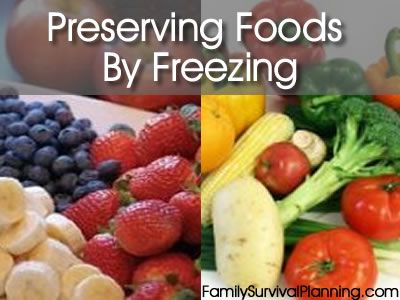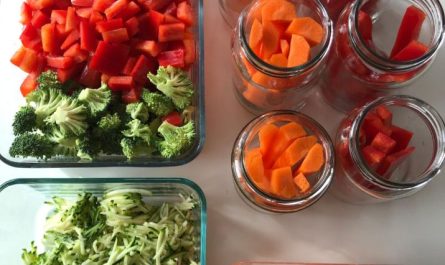Freezing food is a widely popular method of preservation that allows us to extend the shelf life of various ingredients,
helping us to reduce waste and ensure we always have nutritious and flavorful options at our fingertips. Not only does
freezing food help to preserve its nutritional value, but it also locks in the flavors, resulting in a convenient and
delicious way to enjoy your favorite meals throughout the year. In this article, we will explore the art of freezing food,
from proper techniques to the benefits it offers.
The Importance of Proper Freezing Techniques
When it comes to freezing food, using proper techniques is crucial to maintain the quality, taste, and nutritional content
of the ingredients. Improper handling, packaging, or freezing can lead to freezer burn, which affects the texture and
flavor of the food. To ensure the best results, follow these essential steps:
1. Choose Fresh Ingredients
Start with fresh, high-quality ingredients. Freezing food will not improve its quality, so it’s important to choose items
at their peak condition to begin with.
2. Wash and Prepare
Thoroughly wash and prepare the ingredients before freezing. This includes peeling, chopping, and removing any undesirable
parts. Properly blanching vegetables before freezing them can help retain their color, texture, and nutrients.
3. Use Suitable Containers
Choose appropriate containers for freezing food. Use airtight containers, freezer bags, or freezer-safe wrap to prevent
moisture loss and protect the food from freezer burn. Be sure to label each container with the name and date to keep
track of the contents.
4. Follow the Freezing process
Place the prepared food into the containers, leaving enough space for expansion during freezing. For liquids, ensure to
leave room for expansion to avoid container breakage. For best results, cool the food to room temperature before
freezing.
5. Organize and Store Correctly
Efficient organization is key to ensure easy access to frozen items. Arrange the containers or bags in an orderly manner,
grouping similar items together. Store the frozen food in the coldest part of your freezer to maintain optimal
temperature.
The Benefits of Freezing Food
Freezing food offers numerous benefits beyond just preservation. Let’s take a look at some of the advantages:
1. Extended Shelf Life
By freezing food, you can extend its shelf life significantly. This helps reduce waste and saves money since you can stock
up on ingredients when they are in season or on sale.
2. Nutritional Preservation
Contrary to popular belief, freezing food actually helps to preserve its nutritional value. Vitamins, minerals, and other
important nutrients are retained during the freezing process. However, proper blanching and handling techniques are
important to minimize nutrient loss.
3. Flavor Preservation
Freezing food locks in the flavors, allowing you to enjoy your favorite meals anytime during the year. Whether it’s a
homemade soup, a delicious curry, or a fresh batch of berries, freezing preserves the taste and aroma of the ingredients,
ensuring a delightful culinary experience.
4. Convenience and Meal Planning
Freezing food provides convenience, especially for individuals with busy schedules. By preparing and freezing meals in
advance, you can save time and effort on hectic days. It also allows for easy meal planning, ensuring you always have
nutritious options readily available.
Conclusion
The art of freezing food is not only an effective method of preservation but also a way to maintain the nutritional content
and flavor of ingredients. By following proper techniques and utilizing appropriate storage containers, you can enjoy
the benefits of an extended shelf life, preserved nutrition, and the convenience of having delicious, homemade meals
at your disposal. Embrace the art of freezing food and unlock a world of culinary possibilities.
Published by: Your Name
Published on: [Current Date]




